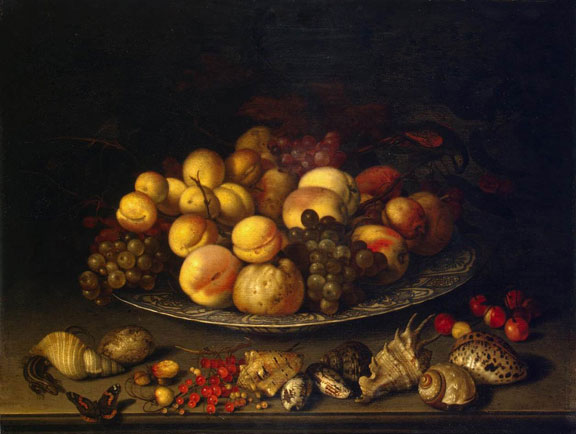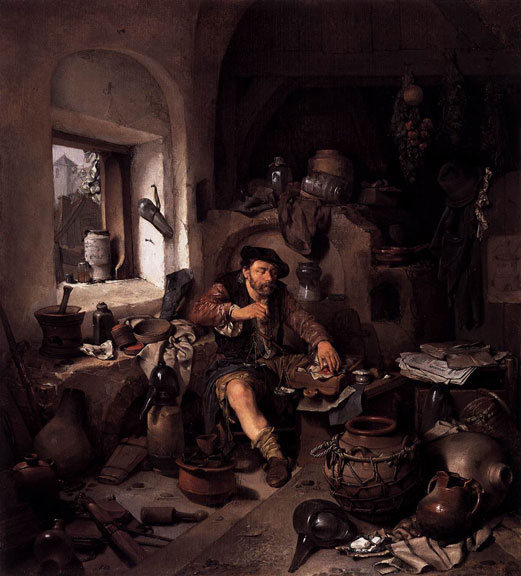
Baroque art movement
A defining statement of what Baroque signifies in painting is provided by the series of paintings executed by Peter Paul Rubens for Marie de Medici at the Luxembourg Palace in Paris (now at the Louvre), in which a Catholic painter satisfied a Catholic patron: Baroque-era conceptions of monarchy, iconography, handling of paint, and compositions as well as the depiction of space and movement. There were highly diverse strands of Italian baroque painting, from Caravaggio to Cortona; both approaching emotive dynamism with different styles. Another frequently cited work of Baroque art is Bernini’s Saint Theresa in Ecstasy for the Cornaro chapel in Saint Maria della Vittoria, which brings together architecture, sculpture, and theatre into one grand conceit. The later Baroque style gradually gave way to a more decorative Rococo, which, through contrast, further defines Baroque. The intensity and immediacy of baroque art and its individualism and detail—observed in such things as the convincing rendering of cloth and skin textures—make it one of the most compelling periods of Western art. A rather different art developed out of northern realist traditions in 17th century Dutch Golden Age painting, which had very little religious art, and little history painting, instead playing a crucial part in developing secular genres such as still life, genre paintings of everyday scenes, and landscape painting. While the Baroque nature of Rembrandt’s art is clear, the label is less often used for Vermeer and many other Dutch artists. Flemish Baroque painting shared a part in this trend, while also continuing to produce the traditional categories.












